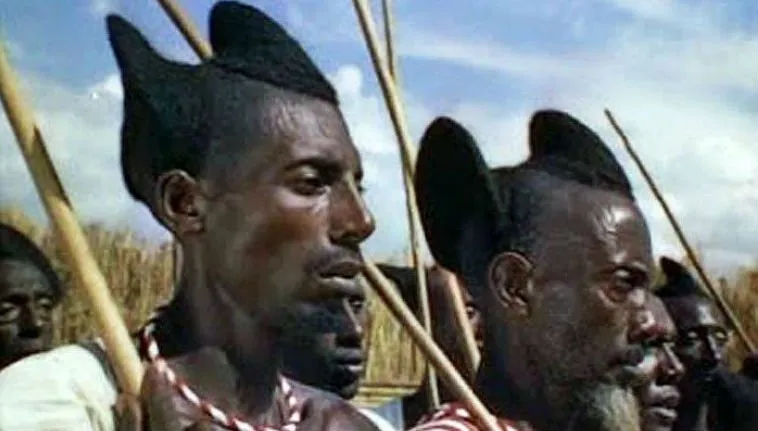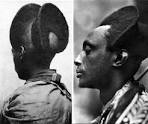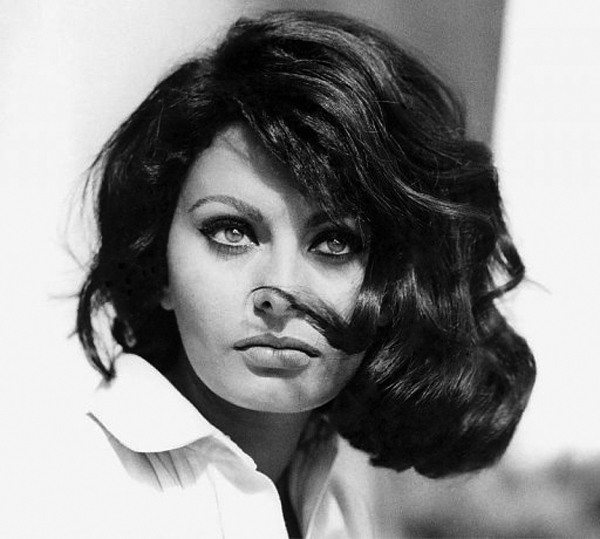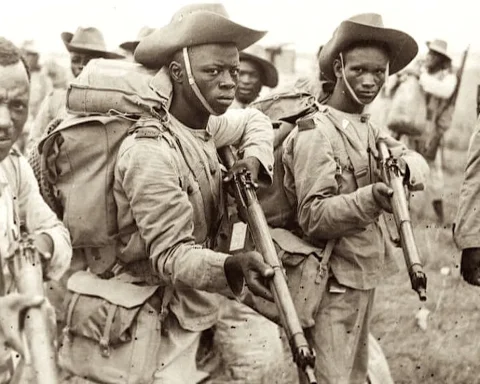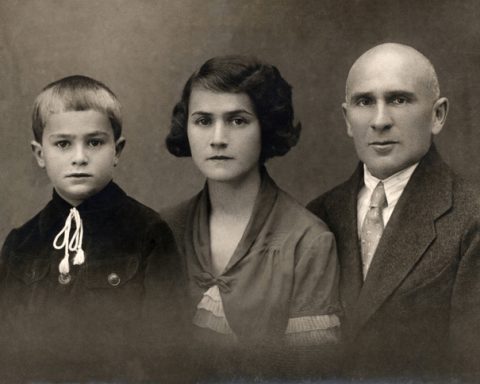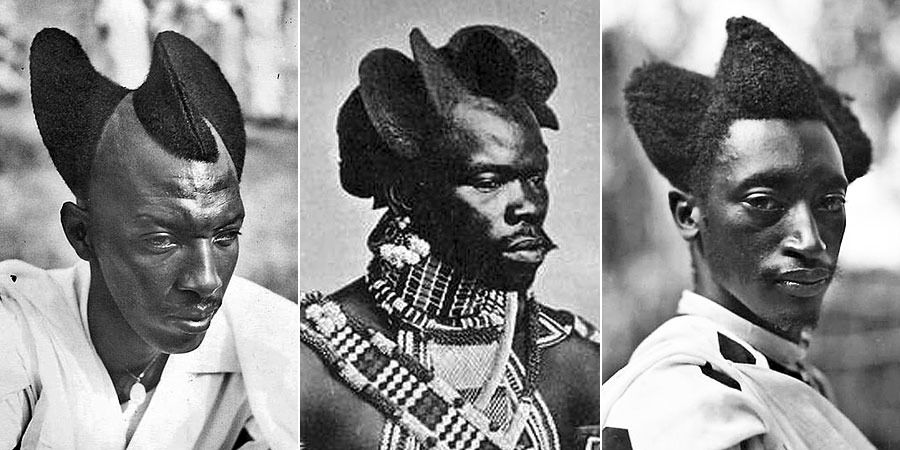
Amasunzu is a traditionally Rwandan hairstyle worn by men and by single women to suggest to potential suitors that they were single and ready to marry. It represented the various stages of life these men and women were in.
The hairstyle also indicated social standing as those who didn’t have it on were assumed to be suspicious. The hairstyle was crescent-shaped as the hair was styled into crests. The Amasunzu hairstyle had more than thirty styles depicting different community roles.
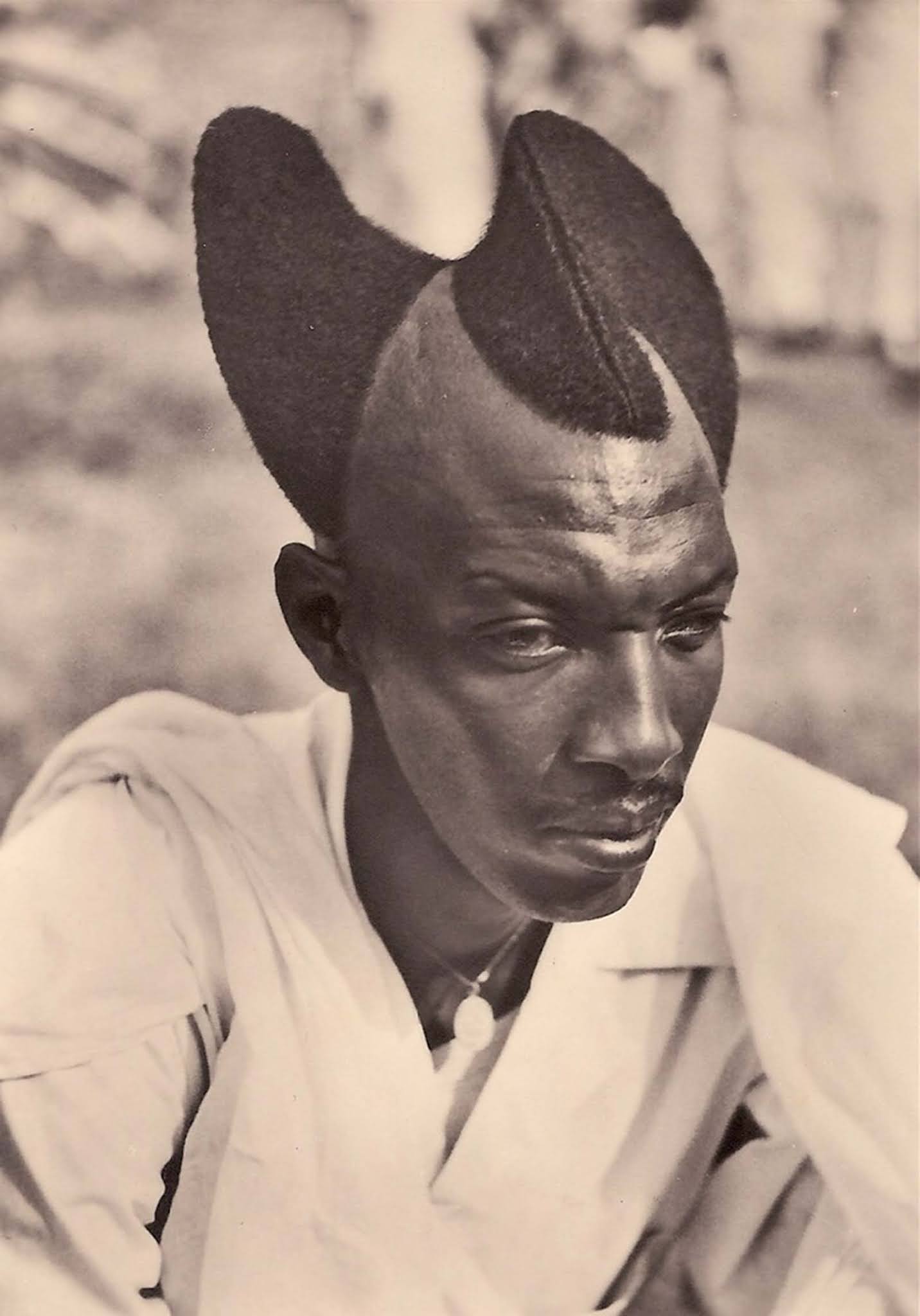
Men wearing the Amasunzu hairstyle were seen as noble, powerful, prestigious and brave. For women, it was worn to depict virginity and marital status. Only teenage girls were allowed to wear it till they got married. These girls then had the choice of letting their hair grow freely after marriage.
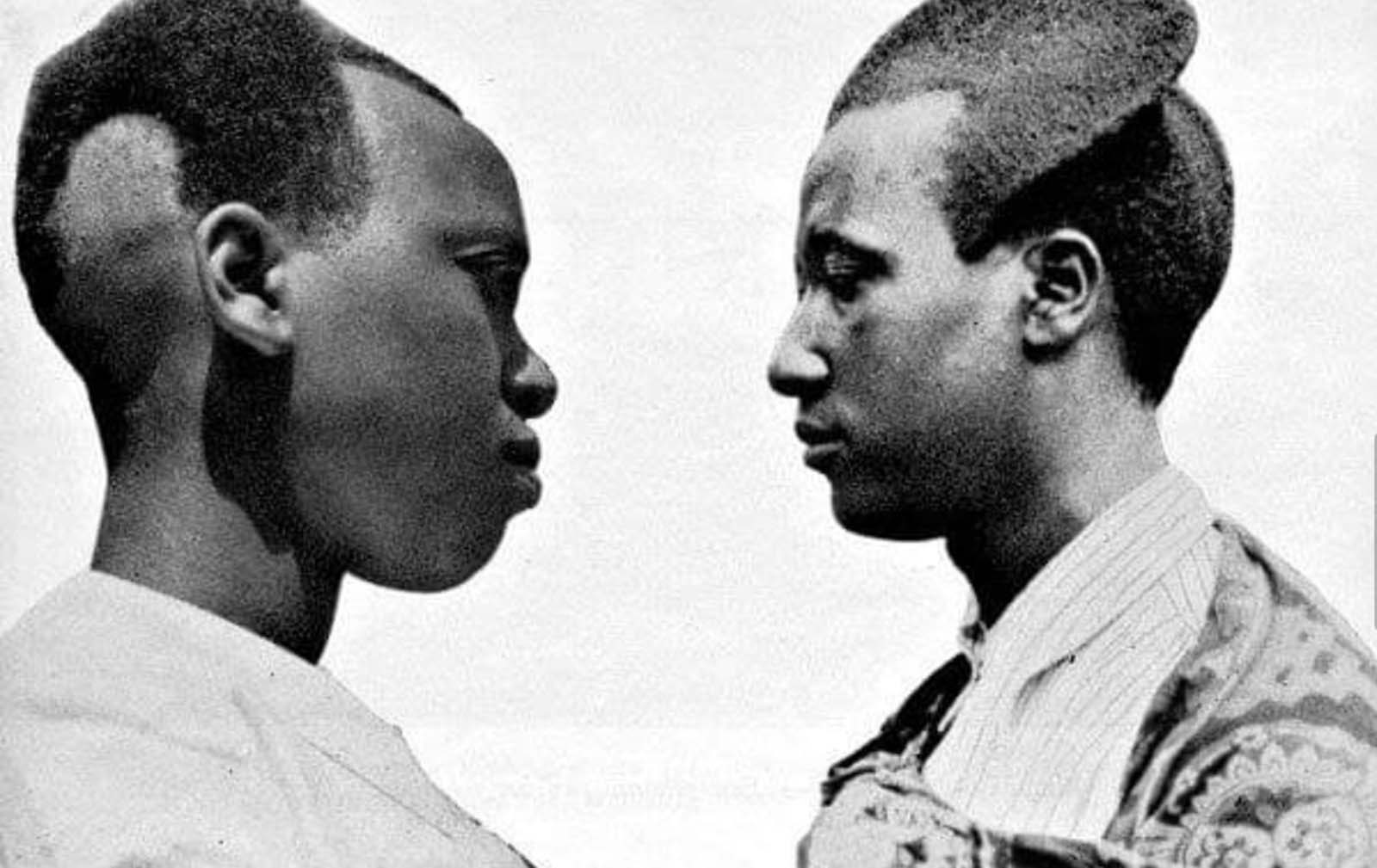
Marie Beatrice Umutesi, in her book, called Surviving the Slaughter: The Ordeal of a Rwandan Refugee in Zaire, wrote about a man who had been held for some time in a Rwandan jail and sent to exile in Burundi because: “His behaviour was considered subversive by the authorities, who faulted him for wearing a beard and not having the required Amasunzu haircut.”
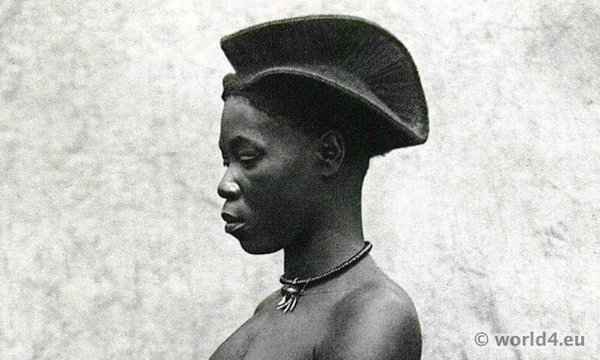
The Amasunzu style was cutting part of it sideways, towards the middle and leaving it to grow. Some hair designs looked like walls behind walls, while others looked like circles into circles. There was no limit to expressing creativity with the hairstyle, and many villages hosted competitions to find the best designs.
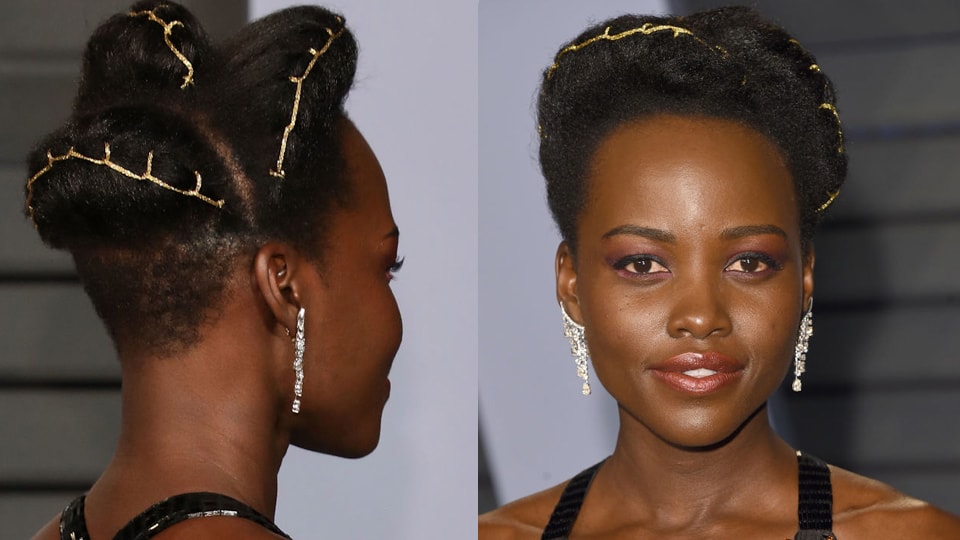
According to The East African: “Rwandan etiquette is based on the body’s nature. This style was used to reflect important aspects such as might, hygiene, and, for unmarried girls, virginity. It was also a way to show class; powerful leaders, nobles, and the rich wore the hairstyle.” This showed how the Amasunzu style was much more than a hairstyle, it was culture, and this was why children dreamed of the day they would be old enough to wear it.
While it’s lost, most of its cultural significance is becoming popular again among those who see it as a means of honouring the Rwandan culture that was lost because of colonialism and the post-Rwandan civil war.
